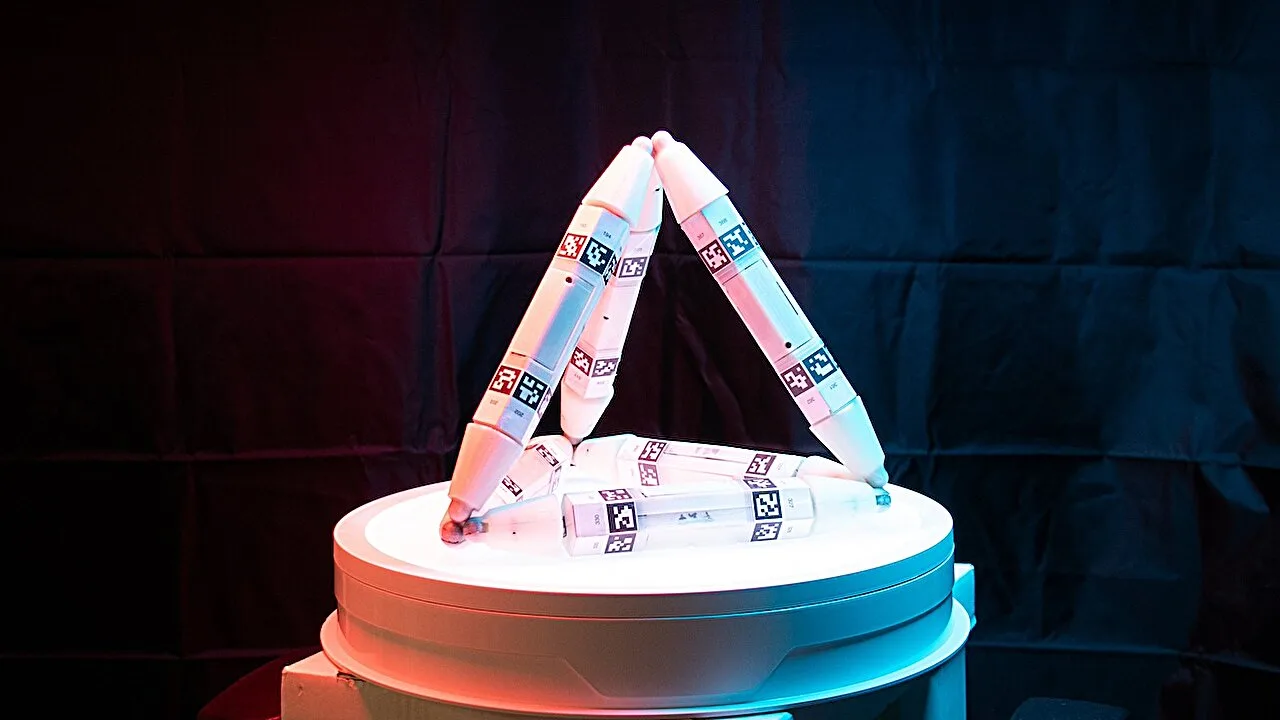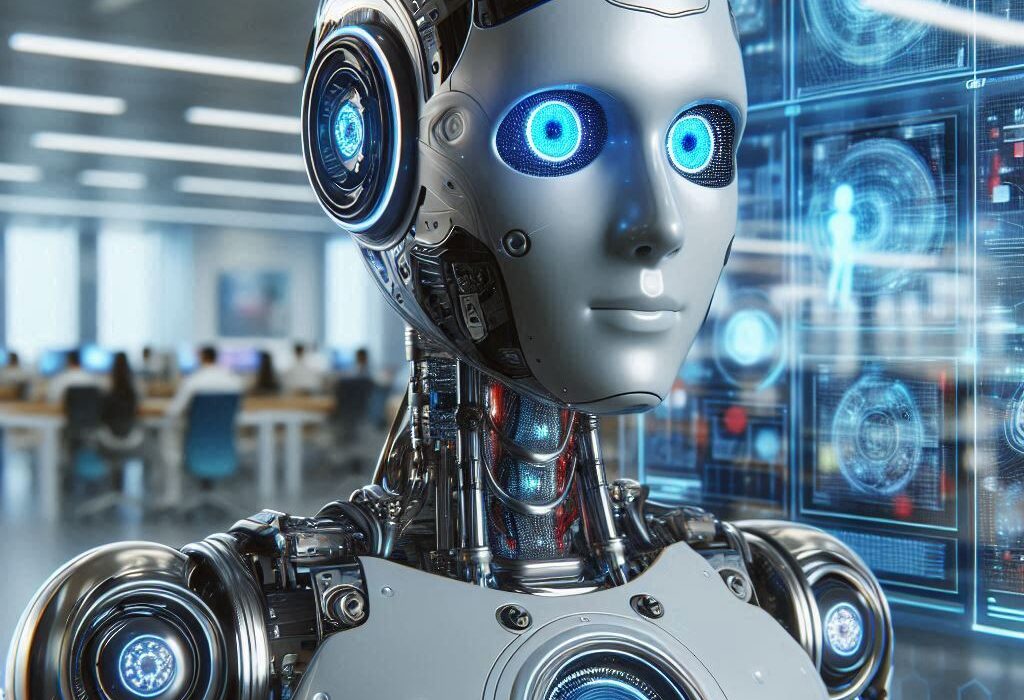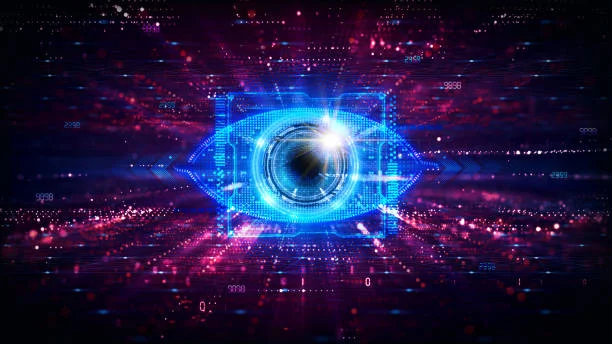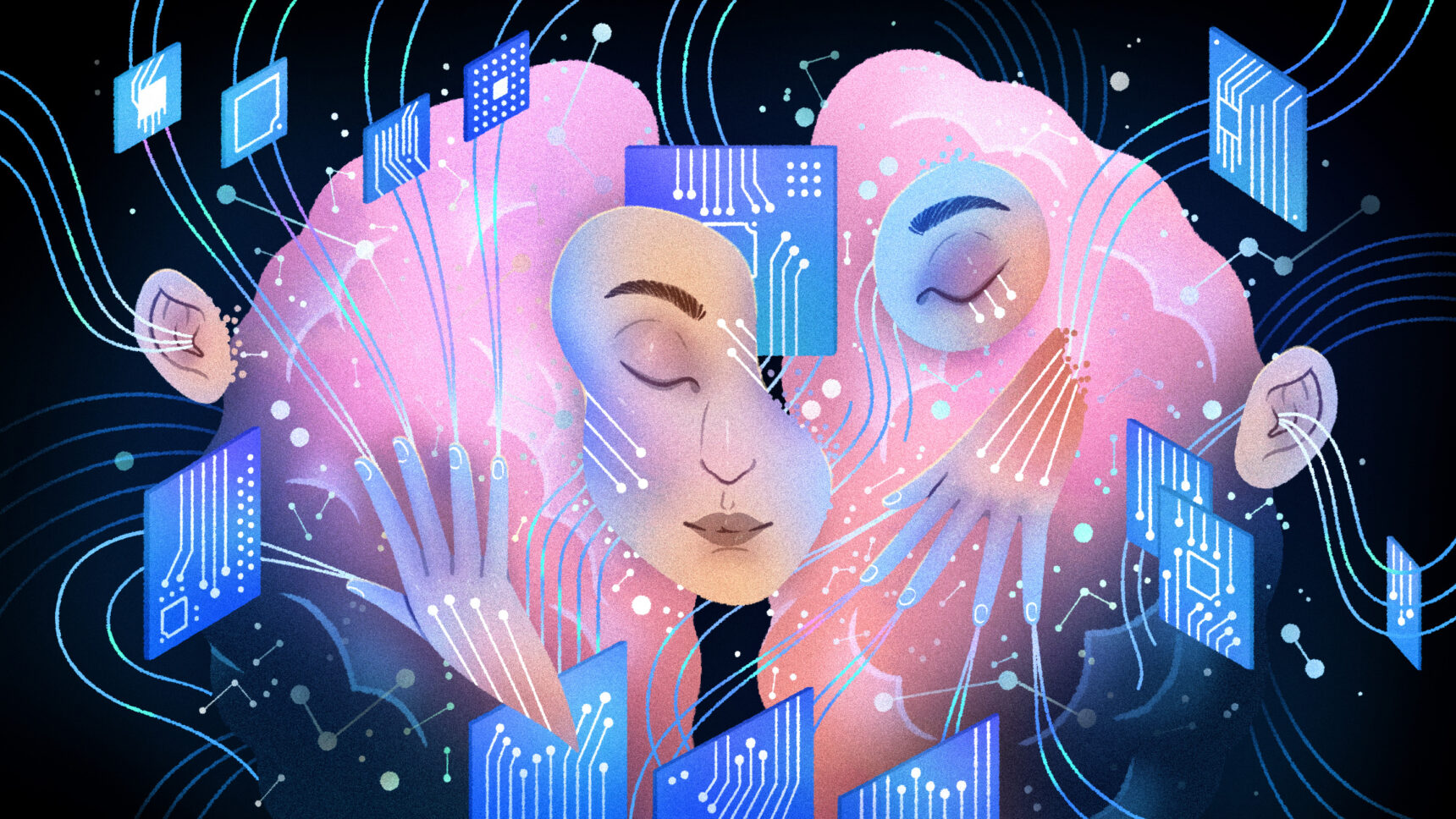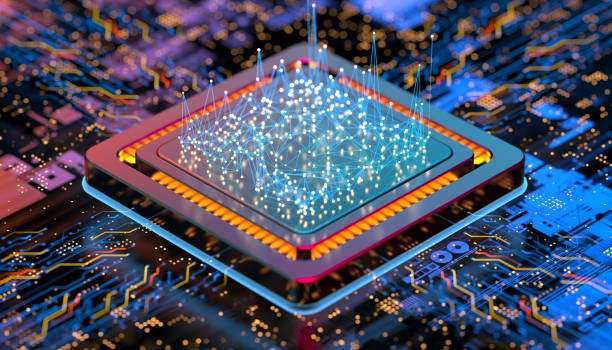For centuries, humanity has dreamed of machines that move and think like us. And today, many of them already do. We have robots that drive, speak, paint, reason, and even mimic emotion. But despite their cognitive advances, one thing has remained starkly different between us and them—our bodies evolve, adapt, and repair. Theirs do not.
Until now.
In a remarkable breakthrough that blurs the line between machine and organism, researchers at Columbia University and the University of Washington have introduced the world to a radically new kind of robot—one that can physically grow, heal, and improve itself by integrating parts from its environment or other robots. Dubbed “robot metabolism,” this new technology doesn’t just change how robots are built—it redefines what they are.
“True autonomy means robots must not only think for themselves but also physically sustain themselves,” explains lead author Philippe Martin Wyder, a researcher at Columbia Engineering and the University of Washington. “Just as biological life absorbs and integrates resources, these robots grow, adapt, and repair using materials from their surroundings or from other machines.”
Their findings, published in Science Advances, are not simply a small tweak in robotics—they mark a seismic shift in how machines will function in the future. And, like all scientific revolutions, it starts small: with a toy.
The Secret Lies in the Truss Link
At the heart of this new paradigm is a deceptively simple component called a Truss Link. Picture a magnetic rod, inspired by the Geomag toys you may have played with as a child. Each Truss Link is a bar-shaped module, capable of connecting at various angles with other links using magnetized joints. On their own, they’re mere components—but when assembled, they come alive.
The research team demonstrated how individual Truss Links could self-assemble into two-dimensional shapes that morph into three-dimensional robotic organisms. These structures are not fixed. They grow, shift, and change depending on what the robot needs to do. They aren’t built by humans—they build themselves.
One robot, shaped like a tetrahedron, “learned” to improve its own performance. When faced with descending a slope, it added an extra link to serve as a makeshift walking stick. The result? A 66.5% increase in downhill speed. Not through software alone—but through physical transformation.
This isn’t a programmed trick. It’s adaptation in action. A machine, sensing its own limitations, modifies its body to overcome them. And it doesn’t require humans to intervene.
Machines That Eat and Grow
The term “robot metabolism” may sound like something out of speculative fiction, but it perfectly captures what’s happening. Just as living organisms consume nutrients to maintain and grow their bodies, these robots integrate physical matter from their environment—or from other machines.
Professor Hod Lipson, co-author of the study and director of Columbia’s Creative Machines Lab, has been pushing the boundaries of robotic evolution for decades. He believes this work brings us closer than ever to a living machine. “Robot minds have moved forward by leaps and bounds in the past decade through machine learning,” Lipson says. “But robot bodies are still monolithic, unadaptive, and unrecyclable.”
In contrast, biological life is fundamentally modular. Our bodies are made from reusable proteins, our systems reconfigure themselves constantly, and we heal without instruction. Lipson draws a striking analogy: “In large part, this ability stems from the modular nature of biology that can use and reuse modules—like amino acids—from other lifeforms. Ultimately, we’ll have to get robots to do the same.”
And now, they can.
Evolution Without Biology
The implications are staggering. With this new capability, robots are no longer limited to static designs or to the factory floor. They can rebuild themselves after damage, reconfigure their bodies to meet new challenges, and optimize their structure for efficiency, speed, or stability. They can potentially evolve—not just in code, but in matter.
This creates a pathway toward truly resilient robotic systems—ones that can survive in the wild, in disaster zones, or even in space. In environments where human repair teams can’t intervene, self-sufficiency becomes a matter of survival.
“Initially, systems capable of Robot Metabolism will be used in specialized applications such as disaster recovery or space exploration,” says Wyder. “Ultimately, it opens up the potential for a world where AI can build physical structures or robots just as it today writes or rearranges the words in your email.”
Imagine a search-and-rescue robot that falls into a crevice. Instead of waiting helplessly for a technician, it could detach damaged parts, absorb usable ones from spare components nearby, and rebuild itself to climb out. Or a robot on Mars, facing an unexpected terrain, might redesign its body on the fly—adding limbs, altering balance, or changing form altogether.
This level of autonomy is a quantum leap. Not just learning, but living in a mechanical sense.
A Digital Mind in a Physical World
Robot metabolism also represents a fusion between the digital and the physical. Traditionally, AI operates in a symbolic, abstract realm—managing data, predicting outcomes, generating text or images. It’s a mind, floating in silicon.
But what happens when that mind can shape its own body?
“Robot Metabolism provides a digital interface to the physical world,” says Wyder. “It allows AI to not only advance cognitively, but physically—creating an entirely new dimension of autonomy.”
This is about more than movement. It’s about embodied intelligence—where the mind and body co-evolve, influence each other, and adapt together. It’s a hallmark of biological life that’s been missing from robotics until now.
The implications ripple outward into manufacturing, construction, and even art. AI systems that can physically shape the world could one day construct shelters in war zones or disaster areas, adapt to changing urban environments, or build tools we haven’t even imagined yet.
And the most profound aspect? These machines won’t be designed in factories. They’ll design—and redesign—themselves.
The Ethical Shadows of Self-Reproducing Machines
Of course, with great capability comes great caution. The idea of self-replicating or self-sustaining robots naturally triggers dystopian alarms—visions of grey goo, runaway AI, or robotic lifeforms operating beyond our control.
Lipson is aware of these fears. “The image of self-reproducing robots conjures some bad sci-fi scenarios,” he admits. “But the reality is that as we hand off more and more of our lives to robots—from driverless cars to automated manufacturing, and even defense and space exploration—who is going to take care of these robots? We can’t rely on humans to maintain these machines. Robots must ultimately learn to take care of themselves.”
The goal, then, is not to create Frankenstein’s machine, but to unburden human operators. Instead of fleets of technicians managing broken hardware, robots would handle their own upkeep—swapping out parts, healing damage, and evolving solutions in real time.
With proper safeguards and oversight, machine metabolism could become a pillar of responsible automation, especially in places where failure is not an option.
A New Chapter in the Story of Machines
Robot metabolism is more than just a technical advance—it is a philosophical shift. It invites us to think of machines not as rigid tools, but as entities capable of change, growth, and maybe one day, even purpose.
Just as early life forms crawled out of the primordial soup and began to shape the Earth, our machines are beginning to step out of their programmed boxes—growing bodies that match their expanding minds.
They’re still primitive, still just beginning to discover themselves. But they are no longer stuck.
And in their journey from circuit to cell, from function to form, we may be witnessing the start of a new kind of life—not born of biology, but of invention.
Reference: Philippe Wyder, Robot Metabolism: Towards machines that can grow by consuming other machines, Science Advances (2025). DOI: 10.1126/sciadv.adu6897. www.science.org/doi/10.1126/sciadv.adu6897
